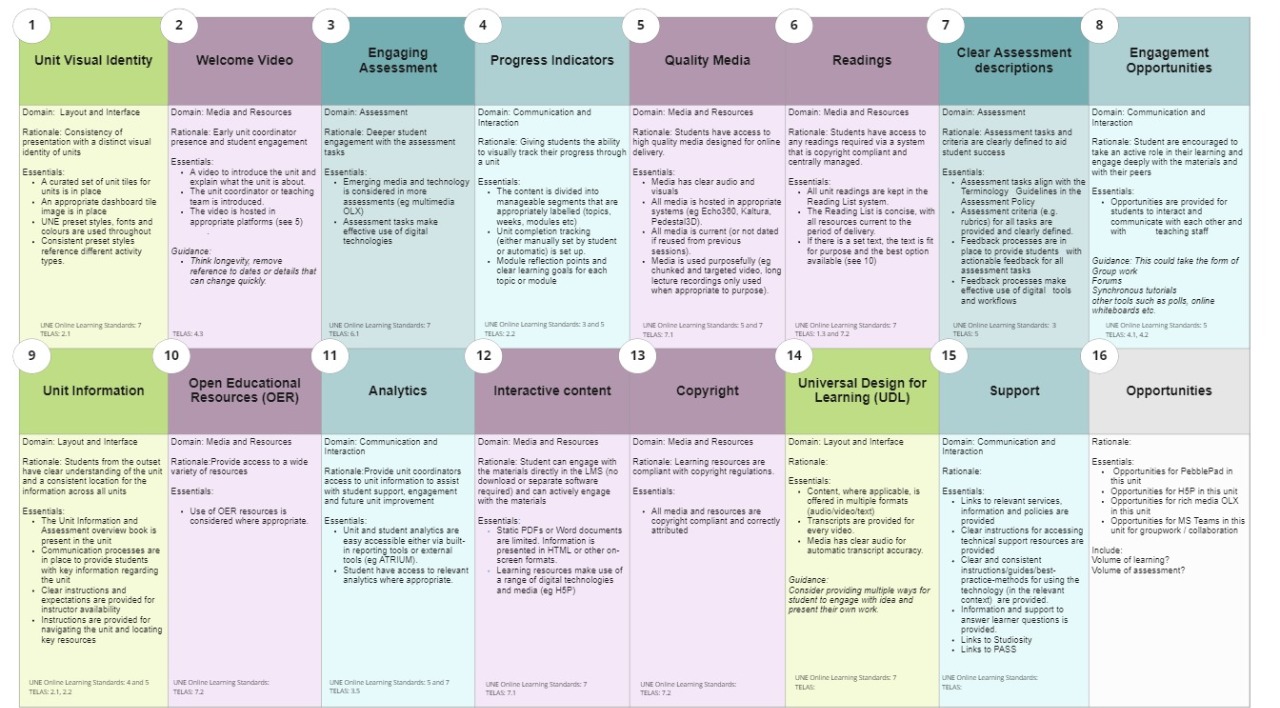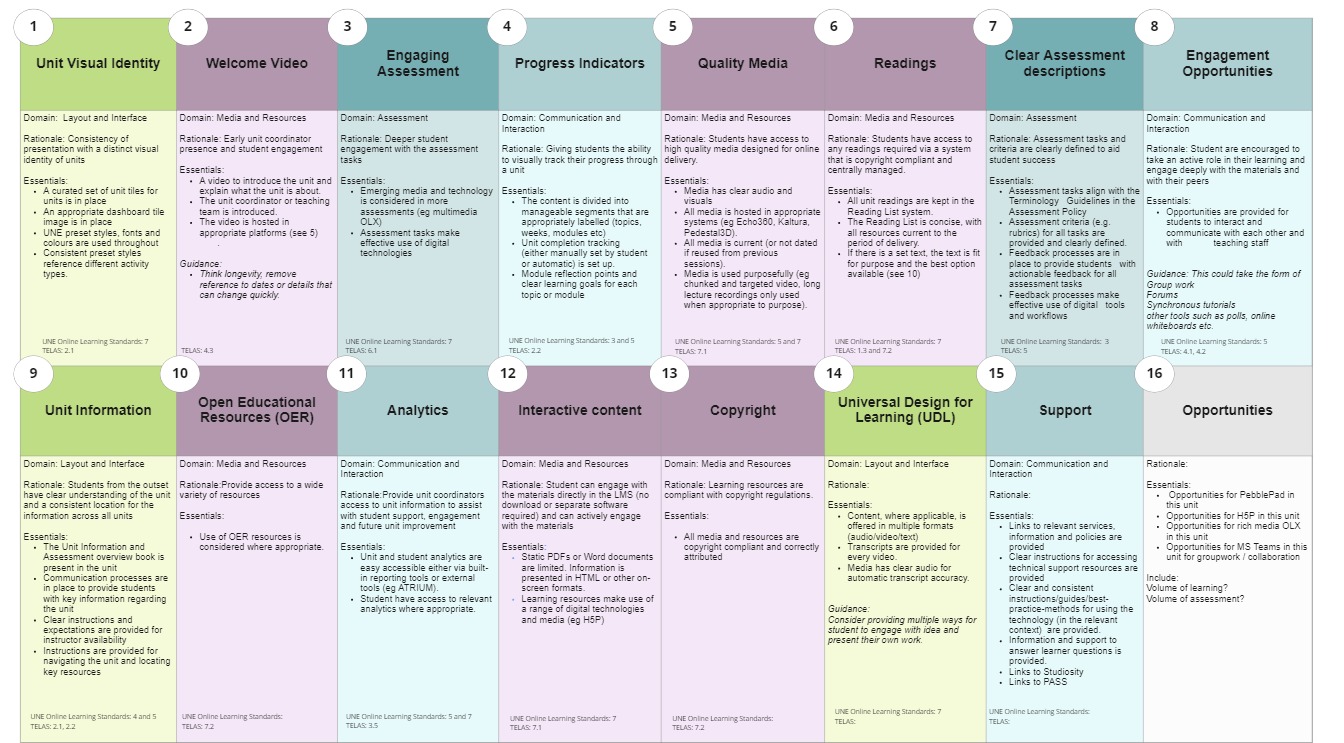

This element is about interaction and communication. This element encourages unit coordinators to provide opportunities for students to take an active role in their learning and encourage deep engagement with learning materials and peers.
As with many of the UNE elements the aim is to situate the learner at the centre of the learning experience. As a relational activity, learning involves forming connections. These connections are with other learners, with teaching staff, wider university, community and also with knowledge.
Students need to be able to learn from and within one another to be able to gain new understandings (CAST, n.d). Being able to draw on the collective that is the learning community enhances capacity to understand different ways of being and knowing in the world as well as build networks and connections that could be lifelong.
Developing social learning skills is also important for graduates as they progress in their careers. This is particularly important given the complexity of society and ‘wicked’ problems which require transdisciplinary ways of working and “distributed intelligence to frame, examine and resolve” (CAST, n.d., para 7).
This element relates to the following research and practice informed guidelines/ frameworks:
TELAS Guidelines
UNE Learning Standards
Some things you can do include:
Tips for enhancing learner confidence (Blog post)
Teaching Online @ UNE contains information of how to set up and design for group learning.
A useful resource: Team-based Learning, Vanderbilt University https://cft.vanderbilt.edu/guides-sub-pages/team-based-learning/
Contact the Learning Design team for specific unit related guidance and advice: learningdesign@une.edu.au
CAST. (n.d). Social Learning. http://udloncampus.cast.org/page/teach_social
Wenger, E. (1998). Communities of practice: Learning, meaning, and identity. Cambridge University.
TELAS Framework https://www.telas.edu.au/framework/
UNE Online Learning Standards: https://myune.sharepoint.com/sites/academic-transformation/SitePages/Principals-for-Designing-Learning-Experiences-Online.aspx
Domain: Communication and Interaction
Rationale: Student are encouraged to take an active role in their learning and engage deeply with the materials and with their peers
Essentials:
Guidance: This could take the form of:
Standards: